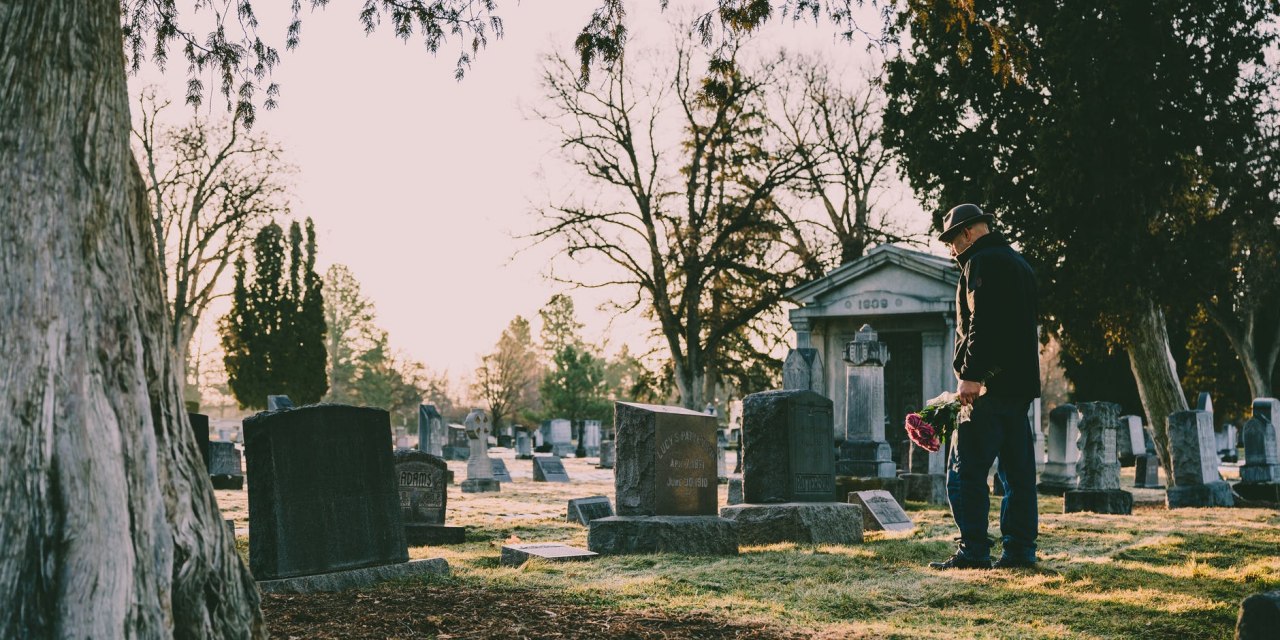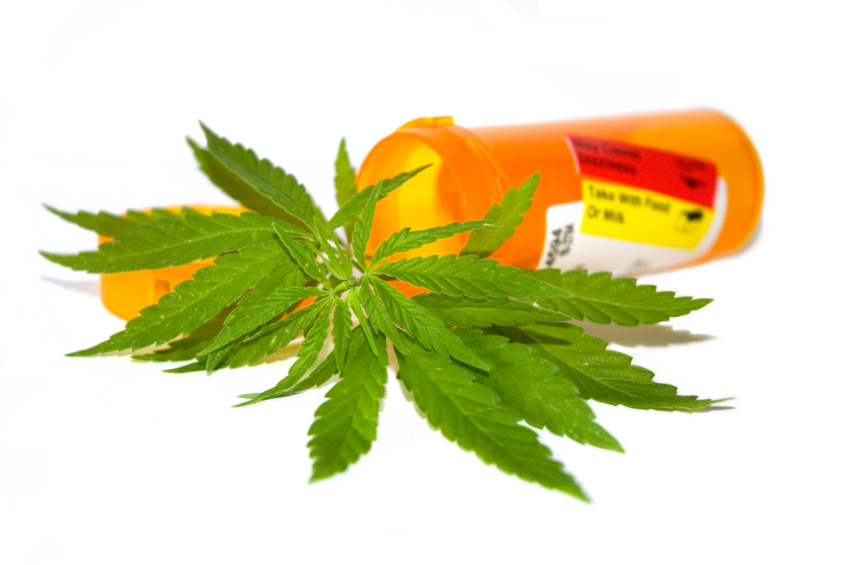There was quite an uproar in recent weeks around the death of a 15 year-old high school student in the Los Angeles area. The girl apparently died as a result of ingesting counterfeit prescription drugs (Percocet, in this case), that contained dangerous amounts of fentanyl. Police assume that the girls– there were two involved, both age 15– were newcomers to drug use, perhaps even first-timers looking to experiment. One girl got very sick but survived. The other wasn’t so fortunate.
The story:
Hollywood high school student dies after taking fentanyl-laced pill in apparent string of overdoses
A few days later, police arrested another 15 year old, a boy who went to a different school, and charged him with manslaughter. It was he, they said, who provided the girls with the fake Percocet. It wasn’t the first time he’d sold these fakes, authorities believe. There’d been a similar incident in the recent past, but no previous fatalities.
According to news reports, the boy’s history of contacts with the law was in fact minimal. Something involving possession of tobacco, and a curfew violation. Neither suggested a hardened criminal. As of this writing, it’s still not clear that the boy understood that the pills he sold were potentially dangerous. He may have been as ignorant of that as the girls themselves.
There’s certainly plenty of fentanyl in circulation in the LA area, both under its own name and used as an additive to other, better-known substances. For instance, oxycodone, Percocet, and Xanax tablets. Or added to cocaine or methamphetamine.
Nationally, about 200 persons a day die from fentanyl overdose. From one of many news releases: “Overdose deaths involving synthetic opioids more than doubled since 2019 and now make up about 67% of overdose deaths.” No wonder fentanyl is touted as leading a ‘fourth wave’ of the opioid epidemic that began way back in the 1990’s.
From a parent: “We are losing our kids and all they are doing is experimenting…” I suppose it does seem somehow unfair when the bad outcome involves a relative innocent instead of an experienced user. We expect it with the ‘hard core’ users, don’t we? But two girls fooling around in the high school bathroom? That somehow feels worse.
There’s a reason for it, however. New users, by definition, lack tolerance to the drug’s effects. It’s tolerance that may offer some degree of protection from unintended overdose, even where fentanyl is involved. It’s not perfect protection, but it’s something.
Why is fentanyl so popular? For one thing, it’s cheap. Easy to find and purchase. Known for increasing the impact of the drug, which is what attracts regular users, looking to recreate their early experience with drug use. Most of whom have developed some degree of opioid tolerance.
For them, a fatality may arrive only after they’ve used fentanyl, apparently successfully, in the sense that they ‘got away with it’. Maybe fell unconscious but woke up, or were revived with naloxone. It can leave a user a false sense of safety.
“No, they don’t believe me when you tell them it could kill them,” explained a veteran ER physician. “Even when we’re in the ER after a near-fatal OD.”
That’s different from simple ignorance. Akin to the denial of the alcoholic, persistent in the face of abundant evidence to the contrary.
And not easily overcome through education.
With adolescents, I’m told they will often rely on the word of a peer over that of an adult, despite the huge gap in knowledge and experience. “It’s kid-think,” shrugged a psychiatric nurse with teenagers at home. “They just assume that adults will lie to them about such things. And their peers won’t. It’s crazy. Don’t ask me to explain it.”
Or me, for that matter. I do remember, however, being an age when it seemed to make perfect sense to me, as well.













